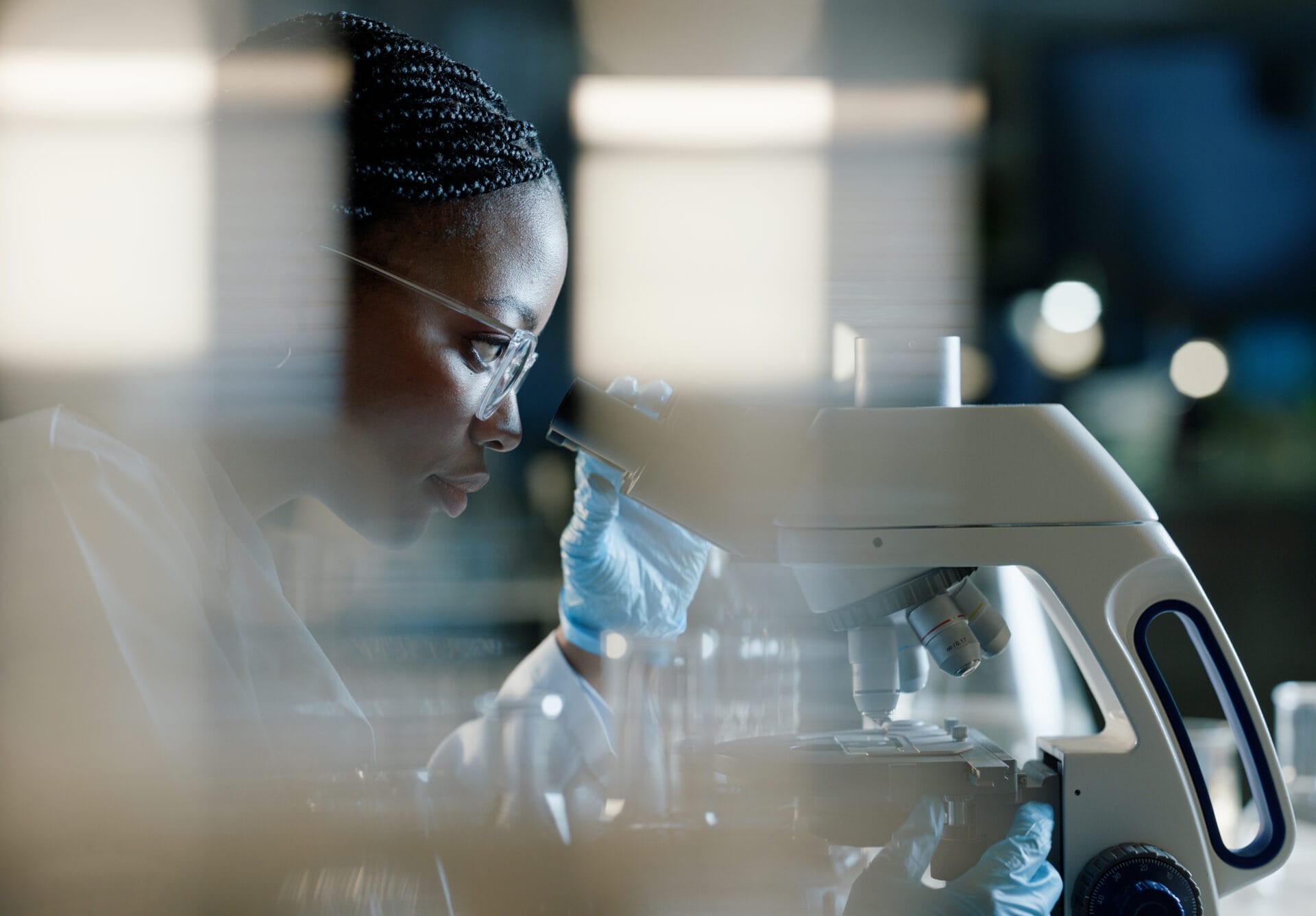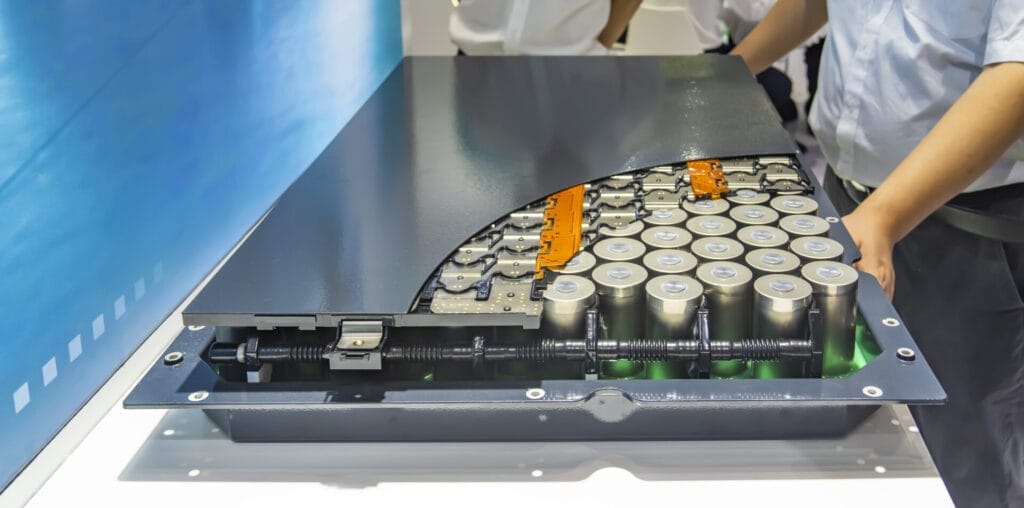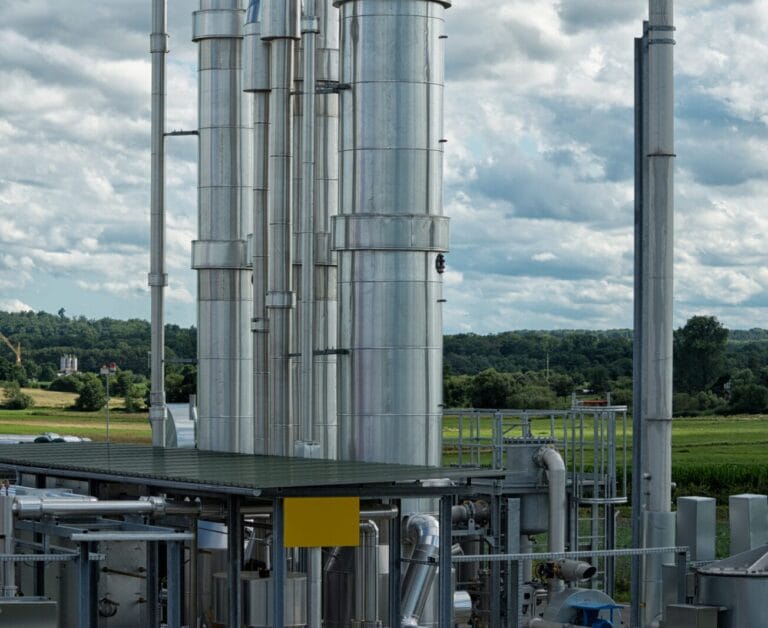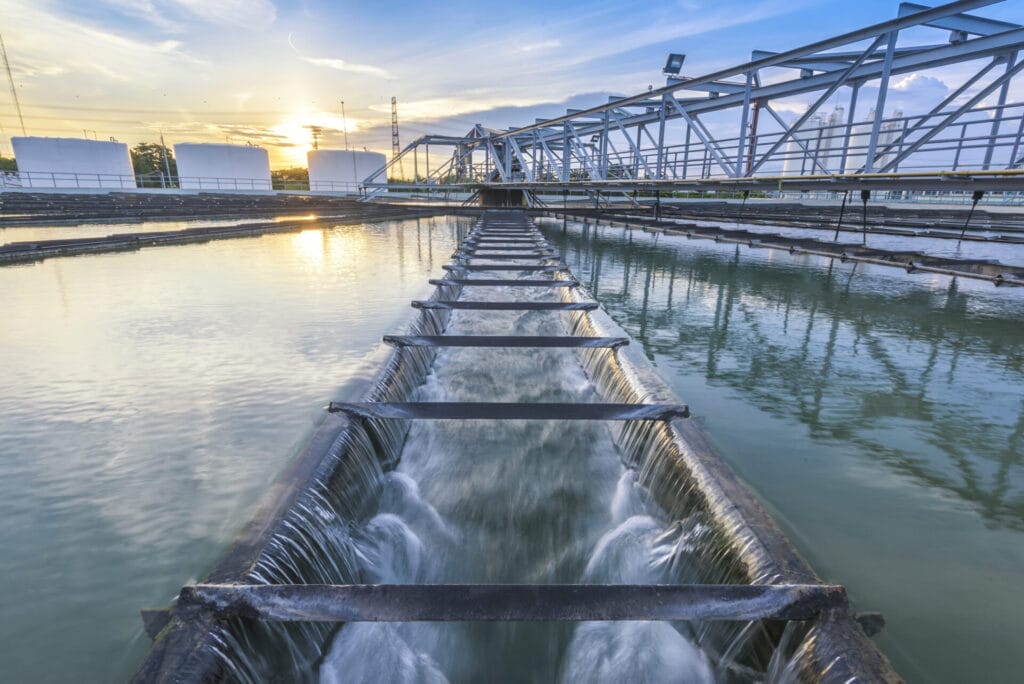Research
Overview
The EBI has consistently showcased its ability to spearhead groundbreaking research, as reflected in our robust publication record and the numerous innovations that have arisen from our efforts. Reinforcing our reputation as a leaders in the fields of energy and bioscience research.

Our Research
The EBI remains at the forefront of pioneering research, consistently pushing boundaries through impactful discoveries, a strong publication record, and groundbreaking advancements in the field.
Research Impact
Research Projects Funded
200
Number of Inventions
100
Proof of Concept Success
50%
Average Citation Per Year
5100
Average Citation Per Project
41
Commercial Success
5%
Research Areas
01
Sustainable Energy

02
Decarbonization

03
Resource Management

Testimonials
Research Impact